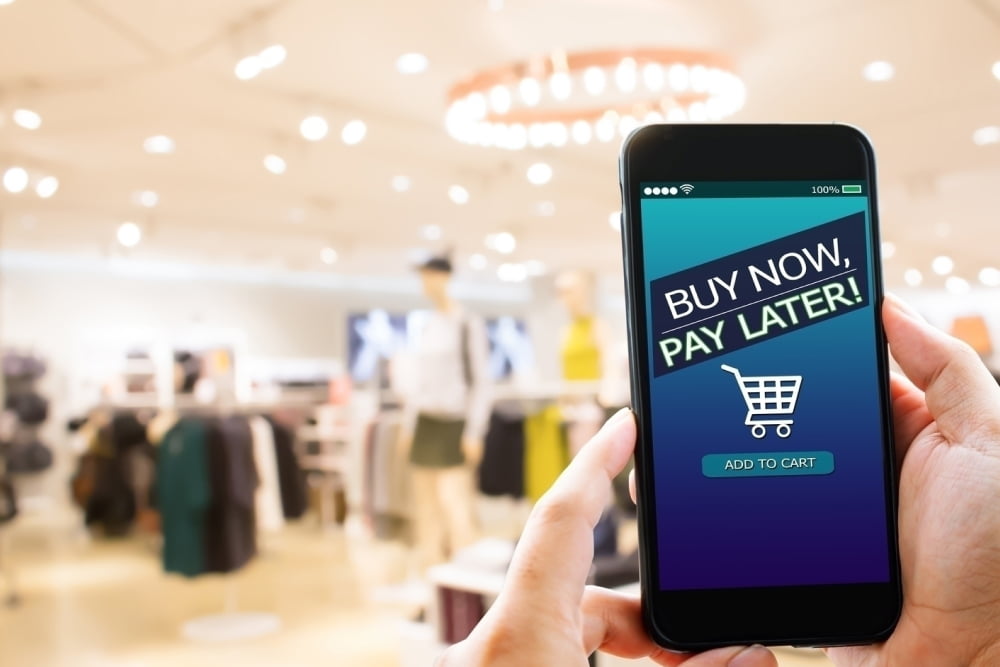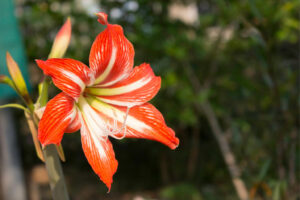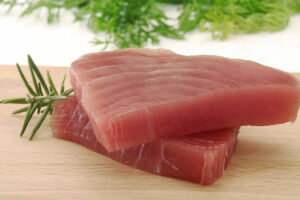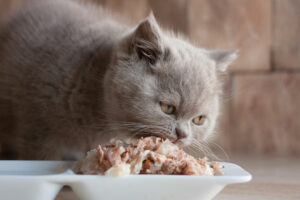7 mistakes to avoid with buy now, pay later

“Buy now, pay later” plans have become very popular among customers who want to pay with credit without having to incur interest rates. Plus, “buy now, pay later” plans are easy to apply for and a convenient way to pay. However, like with any payment method, customers can make certain mistakes regarding “buy now, pay later” that can land them in financial trouble. Here are a few such mistakes that individuals should avoid.
1. Forgetting or missing payments
When dealing with loans or debts of any form, keeping track of their payment due dates is extremely important. The same goes for “buy now, pay later” plans. If one forgets to pay before the due date, they must bear late payment fees or penalties. Plus, missing payments will impact their credit score. Moreover, one must be extra careful about the payment deadlines of “buy now, pay later” plans. Unlike most common forms of credit, like loans and credit cards, “buy now, pay later” plans have a weekly or biweekly payment cycle. So, if one is accustomed to checking their outstanding payments every month, they may miss their BNPL payment deadlines.
2. Ignoring the added charges
Unlike credit cards, “buy now, pay later” plans do not have interest rates on them. However, they do have an additional charge. This charge is usually some percentage of the cost of the product. However, since “buy now, pay later” plans are interest-free, individuals may feel it is a convenient option for them without factoring in the added charges.
3. Buying more than one product
Since “buy now, pay later” plans do not require one to make a complete payment for a product at the time of purchase, many individuals get tempted to buy multiple expensive products. While this may seem convenient initially, the costs can rack up. If customers sign up for more than one “buy now, pay later” plan, they will have to keep track of multiple payment cycles. Plus, if these payments are due every week, customers might find it difficult to manage them within such a short period.
4. Ignoring other credit options or loans
Managing different forms of credit together can be really tricky. If one is not careful with it, one could end up in severe debt. This holds true when one is signing up for a “buy now, pay later “plan. If a customer is already holding a credit card or is paying EMIs for a loan, they need to consider that with “buy now, pay later,” they would be adding one more payment cycle to their account. So, they should carefully chalk out a plan to pay off any debt systematically before signing up for a “buy now, pay later” plan.
5. Not paying attention to the fine print
Like every other financial service, “buy now, pay later” plans have rules and guidelines. These include guidelines for payment cycles, paying penalties, information on added charges, and more. This information will be mentioned as fine print on the “buy now, pay later” plan agreement. So before a customer signs up for the plan, they must read all of these terms. It may seem tedious, but it is vital to be completely aware of what they are getting into. If customers come across a condition they do not agree with, they can choose not to make use of that particular payment method.
6. Making impulsive purchases
With the convenience of “buy now, pay late” offers, it is easy to get carried away and make impulsive purchases. Customers may end up buying something that they do not necessarily need. Also, given the convenience of this payment system, they may even ignore the product’s price tag before purchasing it. In the long run, this expense can severely impact their finances and put them in debt.
7. Going over the budget
With the option of buying something now and paying for it later, customers may end up purchasing something too expensive. They may feel that even if they cannot afford the purchase now, they may be able to pay for it gradually. However, that is not always the case. Since “buy now, pay later” plans levy charges that depend on the purchase cost, customers may find it difficult to pay the outstanding cost.



